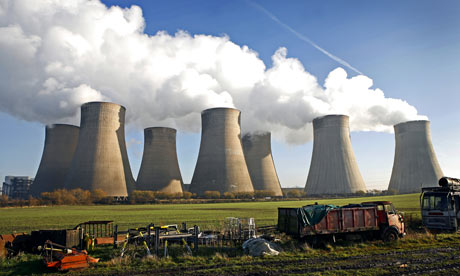
Two disparate news items in New Zealand newspapers highlight some of the problems facing any switch from fossil fuels to renewable energy sources. The first is the Environment Court’s welcome approval of Crest Energy’s application to sink 200 turbines to the sea bed of the Kaipara Harbour where the strong tidal flow will be used to generate electricity. The decision follows a 2008 appeal to the Court by Crest Energy against the Northland Regional Council’s decision to allow only 100 turbines. Environmental objection centred around the possible effect on the west coast snapper stocks and possible threats to the survival of the rare Maui’s dolphin. I wrote about the project and other NZ wave and tidal energy projects in a Hot Topic post a year or so ago.
The Environment Court approval is hedged with conditions. Crest can sink three turbines initially. If results with three turbines satisfy the Northland Regional Council, the company can add up to 17 more turbines, provided operation of the 20 turbines is monitored for a year to give sufficient information on the impact on fisheries. From there, the council will decide whether to allow turbines to be built up in further stages from 20 to 40, then 80 and then to a maximum of 200.
The director-general of conservation wanted the monitoring of the 20 turbines to last three years, not one. Another iwi-based objector wanted at least three years of monitoring after each stage. The environment court’s decision followed a year of mediation among four objectors.
It’s not my purpose to criticise the objections or the conditions imposed by the Court. Renewable energy development has environmental effects which must be taken into account and judgments made, and I’m certainly in no position to weigh the factors in specific cases. But one hopes that climate change carries very considerable weight in the process. I notice the judge is quoted as saying the proposal is very significant in terms of its contribution to power generation and the national economic interest. Maybe he also said something about the importance of renewable energy in combating climate change and it wasn’t reported. Maybe he linked the national economic interest to clean power and emissions reduction. But maybe that’s outside the Court’s scope.
Which brings me to the second news item where the Grey District mayor pleads for the Pike River mine to be turned into an opencast operation. There’s billions of dollars’ worth of coal there and the mayor even goes so far as to say that the deceased miners would want to see mining continue. One has to sympathise with the anxieties of West Coast communities whose livelihoods are to a considerable extent bound up with mining. The mayor was explicit that the financial benefits of opencast mining outweigh environmental concerns. Unfortunately he’s wrong if environmental concerns include global warming. There are plenty of environmental concerns around opencast mining of any kind, but when the object is coal those concerns are far greater than the localised disruption and pollution caused by the mining. Climate change concerns overshadow all kinds of coal mining for that matter.
This is tricky territory. West Coast coal is generally of a quality which makes it suitable for steel making and as such is a valuable export product. The coal industry in New Zealand has been invigorated in recent years. Obviously for the time being steel-making is going to need coking coal. Why should New Zealand not benefit financially from supplying that need?
It’s a fair question. However it’s not apparent that anyone involved in the coal industry or in government for that matter thinks in terms of supplying an interim need while the world organises itself to live without coal. That’s not the impetus driving our coal industry. That doesn’t explain Solid Energy’s plans to exploit Southland lignite. The thinking behind the expansion of coal mining and exporting is that there is a lot of money to be made from exploiting our coal resources to their fullest extent. Any cautionary sentiments seem to be along the lines of making sure we don’t move too slowly and miss out on the bonanza.
What unites these two seemingly unrelated pieces of news? The need to give full weight to the enormous threat of climate change. In the one case it lends strong support to a new venture. In the other it warns that the days of coal mining must be considered near an end. At least that’s the logic of the situation we’re in. But apart from the Greens there’s hardly a politician in the country who seems willing to say just that. They seem to be overcome with a collective embarrassment at the thought of expressing deep concern at the prospect of climate change, let alone applying that concern to the coal industry. The embarrassment that appears to inhibit them is dwarfed by the embarrassment of watching them virtually ignore a matter of such consequence for the human future.

 The jury may have found the climate protestors at Ratcliffe-on-Soar coal power station
The jury may have found the climate protestors at Ratcliffe-on-Soar coal power station 
